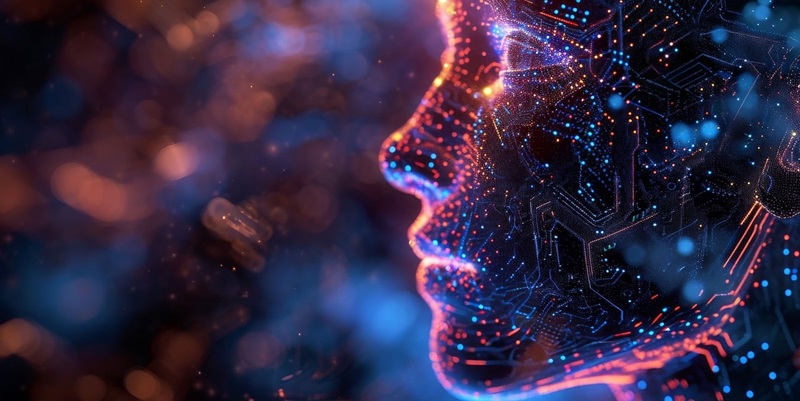The emergence of AI in digital image editing, particularly in background removal, signifies a significant shift in the field. These innovative AI tools have streamlined a process that was once intricate and time-consuming, democratizing the ability for both experts and novices to produce professional-grade photos efficiently. The speed and ease of use introduced by AI have revolutionized the way we handle photo editing, offering newfound creative liberty to content creators across the globe. AI’s sophisticated algorithms are enabling users to effortlessly subtract backgrounds, unlocking new possibilities and saving valuable time, propelling the creative industry forward. This advancement in photo editing technology is not just a leap in productivity; it represents a leap in creative potential for individuals everywhere.
The Cutting-Edge Efficiency of AI Background Removers
AI has redefined efficiency in photo editing, particularly in the arduous task of separating backgrounds from foregrounds. These AI background remover tools, equipped with advanced algorithms, can swiftly discern and segregate various elements within an image. Users can now effortlessly expunge or modify backgrounds while preserving the integrity of the main subject. This exploration of AI’s technological innovations reveals the superiority of automated editing over traditional methods, which were not only time-consuming but also less precise.
The precision offered by AI-centric tools extends beyond mere speed, setting new benchmarks for quality in visual content. AI algorithms excel in complex tasks such as intricate edge detection, delicate hair isolation, and the preservation of fine details that manual methods often struggle with or fail to capture. This section delves into the technical intricacies that enable AI to perform with such an unprecedented level of accuracy, ensuring that the subject remains untarnished by the editing process and retains a naturalistic appearance that is essential for high-quality visuals.
Democratization of Photo Editing through AI
AI is revolutionizing more than just the workflow of photo editing—it’s making high-quality image manipulation accessible to a broader audience. AI background removers have dismantled the walls that once enclosed the realm of professional photo editing. In this section, we’ll examine the implications of this democratization, highlighting how novices can now produce professional-grade imagery with minimal effort. The reduction in the technical challenge associated with traditional photo editing is not only empowering hobbyists and enthusiasts but also enhancing the capabilities of seasoned professionals across various sectors.
This democratization has further enabled content creators to invest their time and energy into the creative components of their projects. AI-powered editing tools have liberated artists and designers from the minutiae of technical editing, fostering a surge in innovation. Thus, users can translate their imaginative concepts into tangible artistry with ease and speed previously unseen in the realm of content creation. We’ll discuss the broader impact of this newfound freedom, suggesting a future where creative vision, rather than technical skill, becomes the central driver of content creation.
The Role of AI Tools in Future Content Creation
Looking ahead, AI in content creation is poised to be a catalyst for a mega-shift that integrates technology with creativity. The significance of AI background remover tools is merely the tip of the iceberg, with vast potential to reshape the editing industry. There are profound implications for content creators who must constantly evolve to engage audiences. This section will forecast the transformation these tools are likely to engender, underlining the necessity for professionals to embrace AI-driven solutions to maintain relevance and competitiveness in the ever-changing digital domain.
The evolution ushered in by AI is not a fleeting trend but an enduring progression toward smarter, more efficient workflow methods. We will contemplate the importance of adapting to these innovations and the potential they offer for future content creation strategies. The concluding thoughts emphasize AI’s role in streamlining complex tasks, empowering creators to expand the horizons of their craft. As the article concludes, it frames a forward-thinking narrative of an exciting, AI-enriched future—a future where technology’s role in content creation is not just supportive but revolutionary, signaling a beckoning era of digital artistry.

